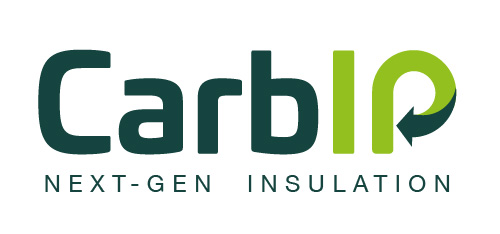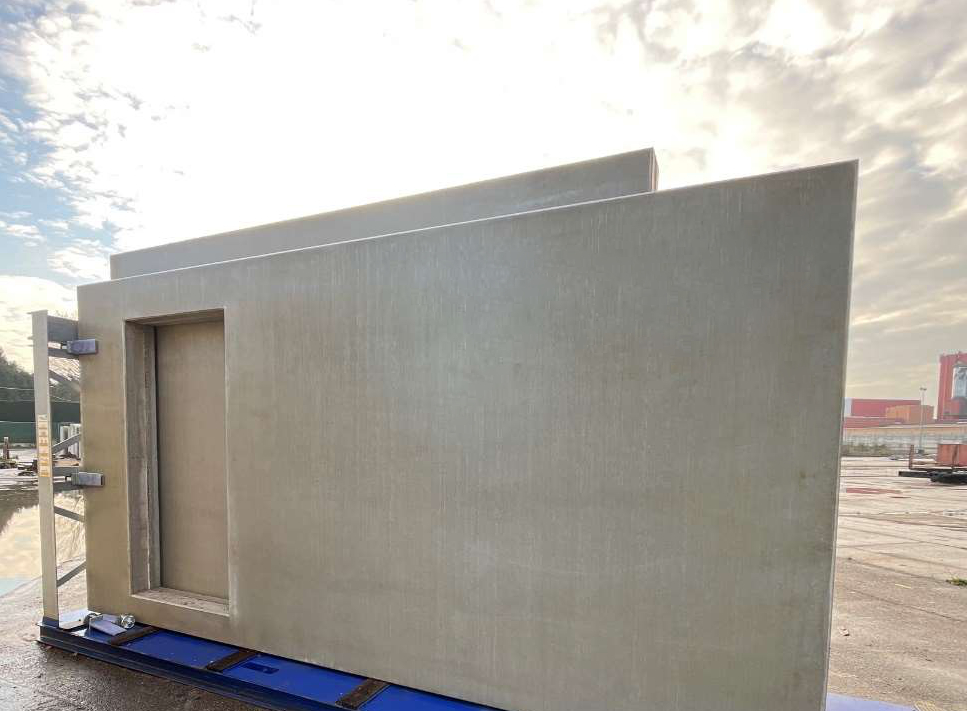Workshop at PXL Hasselt
Workshop with students PXL Hasselt on Sustainability and Circularity
On December 6, 2023, Hans Mostmans, Innovation Manager at CRH Group, gave another presentation to the students of PXL Hasselt, following the success of the previous edition. This presentation focused on the latest developments and innovations within CRH Structural Concrete Belgium (CRH SCB), with a special emphasis on sustainability and circular construction practices.
The presentation began with an introduction to CRH SCB and their role in the construction sector. CRH SCB is a leading player in the production of prefab concrete elements, with brands such as Prefaco, Echo, Ergon, Schelfhout, and d-Concrete!. These companies provide a wide range of products, from load-bearing floors and walls to structural elements such as stairs.
A significant part of the presentation was the discussion of ultra-high-performance concrete (UHPC). Hans explained that UHPC is an innovative type of concrete characterized by very high compressive strength and low porosity. This concrete is produced with a precisely balanced mix of cement, water, aggregates, and additives, resulting in a very compact and durable material. UHPC offers numerous benefits, including increased tensile strength, improved durability, and a longer lifespan for structures. An example of UHPC application is the pedestrian bridge in Evere, which could be made slimmer and stronger thanks to this material.
Additionally, attention was given to the development of CarbIP, a patented facade system by CRH that improves insulation and can be fully applied in a circular manner. Hans emphasized how CarbIP contributes to reducing environmental impact and how it fits within CRH’s broader sustainability goals. This innovative system exemplifies CRH’s commitment to continuous improvement and innovation in their products and processes.
Hans also discussed the role of composite reinforcement and the use of alternative cement types such as CEM III, which contains blast furnace slag. These materials help reduce CO2 emissions and improve the sustainability of concrete structures. Composite reinforcement offers benefits such as corrosion resistance and higher tensile strength, while CEM III is a more sustainable alternative to traditional Portland cement.
During the presentation, the importance of Life Cycle Assessment (LCA) and Environmental Product Declarations (EPD) was also highlighted. These tools help measure and reduce the environmental impact of building materials and processes. Hans explained how CRH uses LCA to improve the environmental performance of their products and how EPDs provide transparency about the environmental effects throughout a product’s entire life cycle.
The students also received a tour of Prefaco’s production halls, where they could closely observe the production process of prefab concrete elements. They saw how reinforcement nets are made, how concrete is mixed and poured, and how sandwich panels are produced and insulated. This practical experience gave the students a better understanding of the theories and concepts discussed during the presentation.
The interaction with the students was once again very valuable. CRH learned a lot from their questions and perspectives, which provided new insights into how young professionals think about sustainability and innovation. Such exchanges are essential for promoting a sustainable future in the construction sector. Additionally, CRH emphasized the importance of collaboration with research institutions and the further rollout of ISO14001 environmental management systems within the company.


